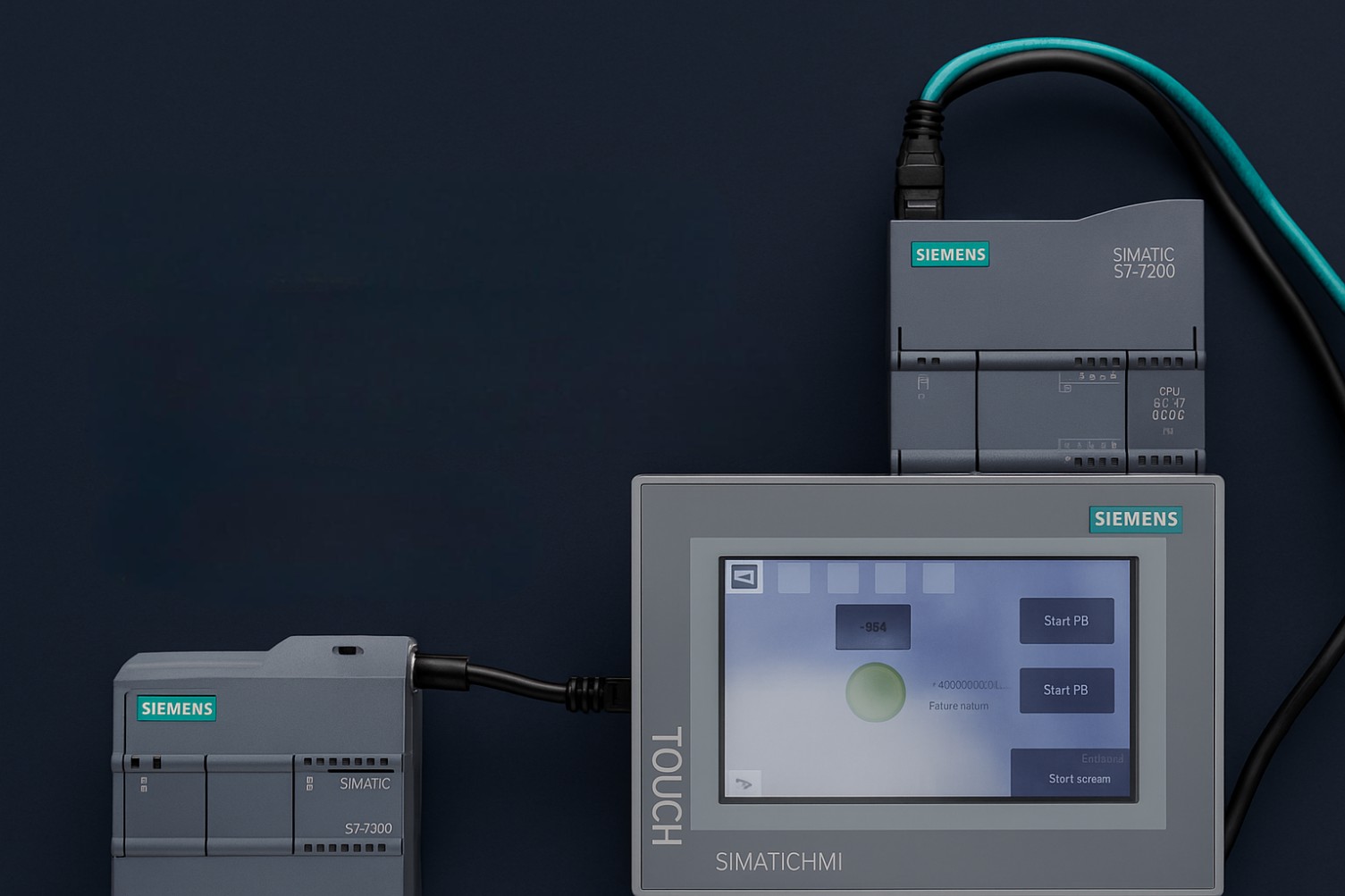Siemens PLCs are known for their reliability, scalability, and widespread use in industrial automation. But when these systems are not properly managed—especially older, legacy models—they can quickly turn from a powerful asset into a costly liability.
⚠️ The Hidden Risks of Legacy Siemens PLCs
Many companies still rely on Siemens S5 or early S7 series PLCs that were installed decades ago. While these systems may still function, they come with serious risks:
1. Obsolete Hardware
Replacement parts for older Siemens PLCs are increasingly rare and expensive. A single hardware failure can lead to extended downtime if spares aren’t readily available.
2. Unsupported Software
Legacy Siemens PLCs often run on outdated software that’s no longer supported. This makes updates, patches, and integration with modern systems nearly impossible—leaving your operations vulnerable to bugs and cyber threats.
3. Lack of Documentation
Over time, original programming logic, wiring diagrams, and configuration files may be lost or outdated. Without proper documentation, even minor changes can become major headaches.
4. Knowledge Gaps
As experienced technicians retire, fewer people understand how to maintain or troubleshoot older Siemens systems. This knowledge gap can lead to costly trial-and-error fixes or complete system overhauls.
🛠️ Real-World Consequences
Companies that neglect their Siemens PLC infrastructure often face:
- Unexpected downtime
- Production bottlenecks
- Increased maintenance costs
- Compliance and safety risks
In industries where uptime is critical—like food processing, manufacturing, or logistics—these issues can result in lost revenue and damaged reputations.

